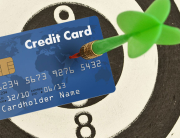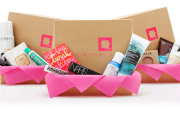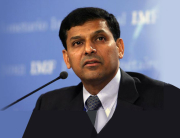Nike’s FuelBand activity tracker is one of the company’s hottest sellers ever. Not only did the product sell out online pre-orders in one day twice, but at one point the eBay price was double the suggested retail price. Last year, Nike’s profits leaped 18%, largely bcause of FuelBand — a big turnaround from the 1% year-earlier decline.
Nike introduced the new FuelBand SE this month for $149. Like competitors Fitbit Force and Jawbone, the FuelBand tracks activities such as steps taken, stairs climbed and calories burned. Many users strive to hit fitness goals, notably the 10,000 steps a day recommended by the American Heart Association. Friendly competitions arise among family and friends as these products connect to computers and smartphones to display progress graphically.
So what were some of the marketing elements leading to the success of the FuelBand? To find out, Knowledge@Wharton asked three Wharton marketing professors: Peter Fader, Barbara E. Kahn and David Bell. The three are team-teaching a free online course through Coursera titled, “An Introduction to Marketing,” and their comments here tie into the course modules.
This article originally appeared on Knowledge@Wharton.
Read the full article








